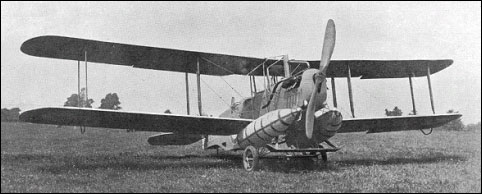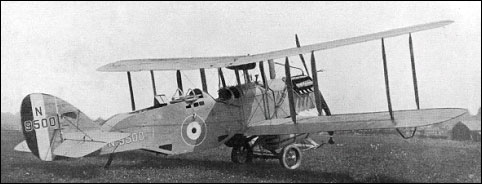 |
Westland Walrus1921 |  |
| NAVAL RECONNAISSANCE BIPLANE | Virtual Aircraft Museum / United Kingdom / Westland |
 |
The years following the conclusion of the First World War were notable for an official lack of attention to the needs of the fighting services; in fact, a "make-do-and-mend" attitude appeared to be the order of the day-presumably for reasons of economy-and it was in this spirit that the Westland design staff was asked to produce, in the year 1920, a carrier-borne fleet reconnaissance biplane for the Royal Navy. The machine required had to be, basically, a D.H.9A, but was to have a 450hp Napier Lion engine in place of the 400hp Liberty motor, and to be equipped with the various items of gear without which no naval aircraft is considered complete. Actually, the procedure in such a case would be to issue the manufacturer an outline of the duties to be performed by the machine, a list of the equipment to be carried and the class of performance expected. With these details in mind a satisfactory design can be produced, but when an existing type has to be adapted the result is frequently unsatisfactory both to the designer and the operator. However, within the limits imposed on them, Westland Aircraft produced thirty-six aircraft of the type demanded. The machine, which was given the rather apt name of Walrus, was an unpleasing affair of bulges and projections and carried a crew of three. As in the D.H.9A, the pilot's cockpit was situated immediately aft of the wing trailing edge, with a Scarff-mounted Lewis gun over the cockpit behind him. The floor of the rear fuselage was fitted with a glazed observation blister, for use in the prone position, while a radio transmitter - operated by the observer - was situated in a third cockpit, aft of the rear gunner's position. Interesting features of the machine included rubber flotation bags, which could be inflated from compressed air bottles; a patent jettison valve, on the main fuel tank, which allowed the petrol to be discharged in a few seconds and then, if the machine alighted on the sea, would automatically re-seal the tank into an additional flotation chamber. The aircraft had folding wings to facilitate storage. Another special feature was the undercarriage, capable of being dropped by the pilot in the event of an emergency and fitted with a set of curious jaws for gripping the carrier's deck arresting-wires. These wires, incidentally, ran along the length of the flight-deck and not, as on modern carriers, across the beam of the ship. The prototype Walrus, and the subsequent production machines, were flight-tested by Captain A. S. Keep, M.C., who reported the aircraft as being somewhat vicious in its behaviour - a not altogether surprising verdict. In Service use the Walrus did not shine and the type was not produced beyond the original contract number - which in those days was regarded as a big order. A.H.Lukins "The Book of Westland Aircraft", 1943
|  COMPANY PROFILE | |||||||||||||||||||||||||||||||
 |

|


